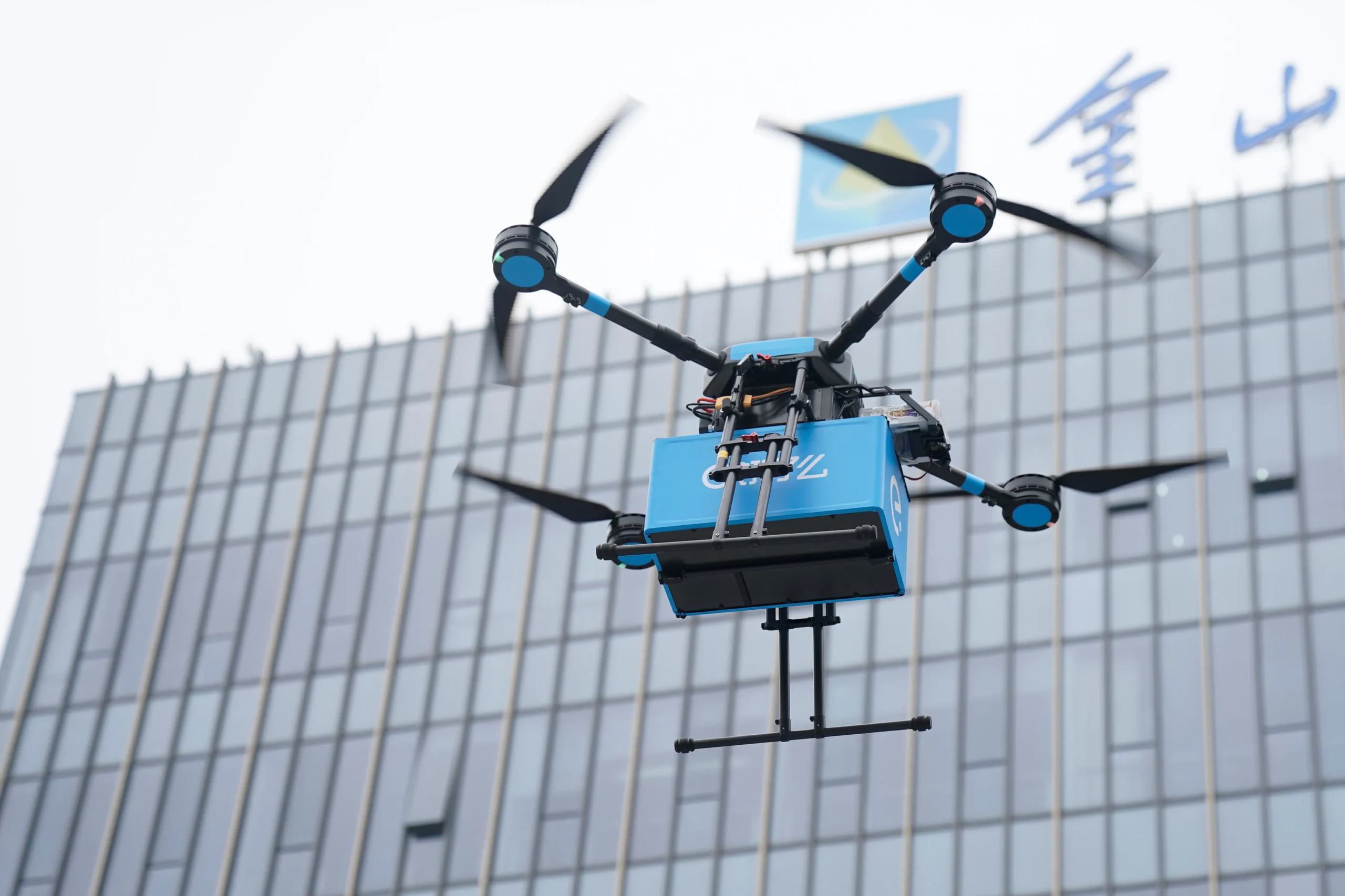Introduction:
In a recent global study conducted by ExtraHop, a leading provider of cloud-native network detection and response solutions, it was revealed that IT and security leaders are grappling with the challenges posed by the widespread use of generative AI tools within their organizations. This survey, encompassing 1,200 professionals, sheds light on the prevalent confusion surrounding AI adoption, with a particular focus on security risks and the lack of comprehensive policies. In this SEO-optimized content, we delve into the key findings, industry expert insights, and proposed solutions to better navigate the evolving landscape of generative AI in the workplace.
 Usage Trends and Security Concerns:
Usage Trends and Security Concerns:
The survey unearthed a startling statistic – 73% of organizations reported frequent or occasional use of generative AI tools by their employees. Despite this prevalent adoption, only 46% of organizations have established policies governing AI use, and a mere 42% provide training programs on safe application usage. This glaring gap highlights a lack of preparedness among IT and security leaders to address the potential security threats associated with unchecked AI utilization.
Challenges of Banning and the Acceleration of Generative AI:
While a noteworthy 32% of organizations have resorted to outright banning generative AI, industry experts caution against such prohibitive measures. Randy Lariar, Practice Director at Optiv, emphasizes the need for organizations to embrace, rather than block, this rapidly advancing technology. According to him, the acceleration of generative AI necessitates a shift from prevention to secure adoption within the workplace.
Balancing Act for CISOs and CIOs:
John Allen, Vice President of Cyber Risk and Compliance at Darktrace, highlights the delicate balance required by Chief Information Security Officers (CISOs) and Chief Information Officers (CIOs). They must simultaneously restrict sensitive data access while leveraging generative AI tools to enhance business processes. Allen underscores the importance of privacy protection in AI tools, emphasizing the need for compliance with specific business requirements.
 Protecting Sensitive Data:
Protecting Sensitive Data:
In addition to organizational policies, AI companies are taking proactive measures to secure sensitive data. Encryption and obtaining security certifications, such as SOC 2, are cited as crucial steps in protecting data integrity. However, questions persist about the impact of data deletion on prior AI model learning, raising concerns about the potential consequences of well-intentioned data removal.
Overconfidence and Future Investments:
The survey’s intriguing revelation of an 82% confidence level among respondents in their organization’s current security stacks raises critical questions about the actual preparedness against generative AI threats. While the majority express assurance in their existing security infrastructure, the study points to a potential gap in understanding the nuances of securing against evolving AI-related risks.
The apparent confidence, as highlighted by ExtraHop Senior Sales Engineer Jamie Moles, seems to be a byproduct of the limited time the business sector has had to fully comprehend the risks and rewards associated with generative AI. In less than a year since its proliferation, businesses might be overestimating their readiness to tackle the multifaceted challenges posed by AI tools.
It’s worth noting that a mere 42% of organizations are actively investing in technologies that monitor the use of generative AI within their premises. This raises concerns about the extent of insight these organizations have into the utilization patterns of such tools across their workforce. Without dedicated technologies for monitoring, organizations may lack a comprehensive understanding of how generative AI is employed, potentially exposing them to unforeseen security vulnerabilities.
As the study reveals, a substantial 74% of organizations are planning to invest in generative AI security measures in the coming year. This strategic shift signifies a growing acknowledgment of the evolving threat landscape and the need for proactive measures to safeguard against potential risks associated with AI adoption.
 While confidence in existing security stacks is commendable, it is imperative for organizations to align this confidence with concrete investments in advanced technologies. This proactive approach will not only fortify defenses but also ensure a better understanding of how generative AI tools are utilized within the organization. The anticipated investments underscore a collective industry awareness of the need to stay ahead of emerging threats, signaling a pivotal moment for organizations to reassess and reinforce their security strategies in the era of rapidly evolving technology.
While confidence in existing security stacks is commendable, it is imperative for organizations to align this confidence with concrete investments in advanced technologies. This proactive approach will not only fortify defenses but also ensure a better understanding of how generative AI tools are utilized within the organization. The anticipated investments underscore a collective industry awareness of the need to stay ahead of emerging threats, signaling a pivotal moment for organizations to reassess and reinforce their security strategies in the era of rapidly evolving technology.
Call for Government Intervention:
The study reveals a strong desire among IT and security leaders for government involvement in regulating generative AI. A staggering 90% of respondents express a need for guidance, with 60% supporting mandatory regulations and 30% endorsing government standards for voluntary adoption by businesses. This call for regulation reflects the uncertainty surrounding generative AI governance.
Conclusion:
As organizations grapple with the complexities of generative AI adoption and security risks, the study by ExtraHop sheds light on the urgent need for comprehensive policies, training programs, and technological investments. Industry experts emphasize the importance of embracing, rather than banning, generative AI, while the call for government intervention underscores the uncharted territory the industry finds itself in. Navigating this evolving landscape requires a delicate balance between innovation and security, with a collaborative effort from both industry leaders and regulatory bodies.
Read more: